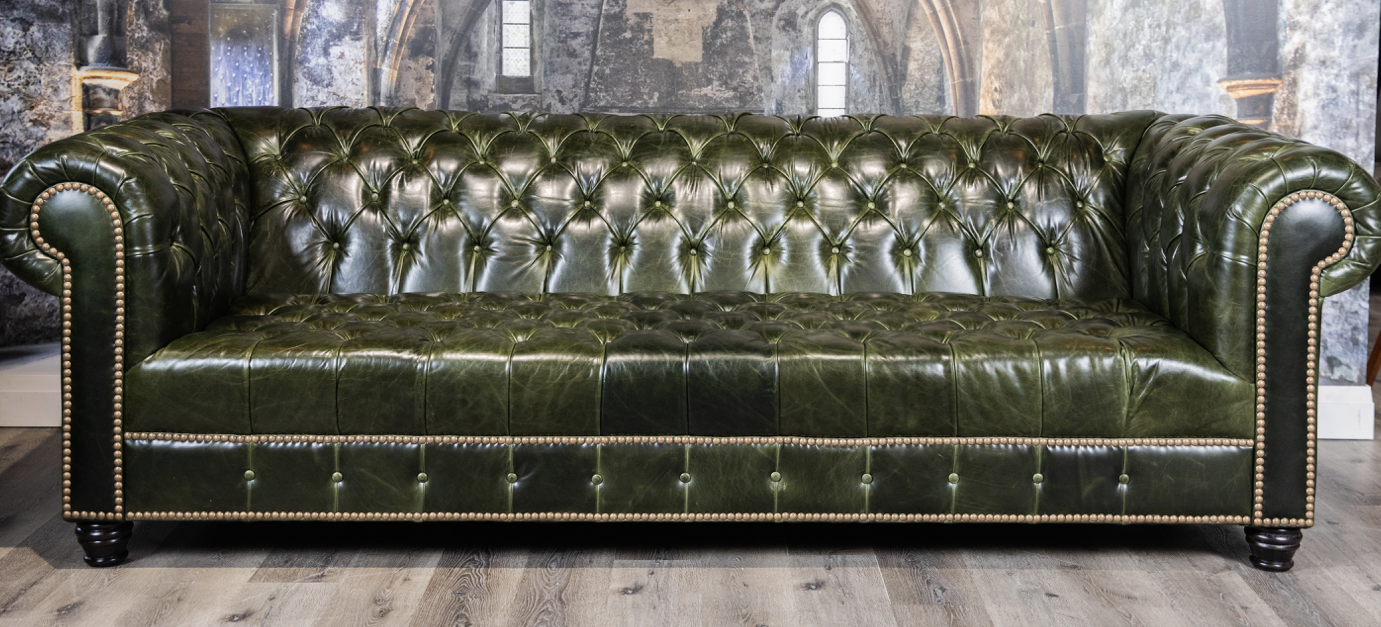Sustainability

LEATHER IS A RECYCLED MATERIAL
Leather is a natural material that is both versatile and long-lasting.
It is perhaps one of the oldest forms of recycling. By recycling a by-product of the food industry, leather manufacturers are able create a diverse range of items. From tactile glove leather to walking boots, leather jackets to all sorts of furniture.
CTL Leather strives to be a good corporate citizen both locally and globally. We feel it is our duty to be aware of the impact our activities have on the personal health and well-being of our employees, the community in which they live and the greater global community from which we draw our clientele and the resources required to manufacture our products.
Environmentally, it is our policy to manufacture, house and deliver our products in a manner that complies with all legal regulations. Additionally, we seek to incorporate technical developments and opportunities where available to continually lessen our impact on the environment.
MANUFACTURING & OPERATIONS

Recycling, reduction, and reuse have been standard operating procedures at CTL Leather for many years:
- Leather cuttings are recycled into items such as handbags, luggage, camera cases, etc
- Foam off cuts from our cut-and-sew operation are returned to source to be reused as carpet underlay.
- Cardboard cartons are 100% re-used or recycled and re-manufactured into containers.
- Aluminum off cuts and scrap are re-processed into raw aluminum for re-manufacture.
- Wood scrap from packaging materials is returned to source to be reused and/or recycled
- Office paper is shredded and re-used as a packing material while sensitive office papers are shredded and recycled.
- Print cartridges are recycled on an ongoing basis.
- Cans, bottles, plastic and organic waste are recycled on an ongoing basis
Promoting the use of responsible materials is a fundamental element of our mission statement. In its daily operations, CTL Leather promotes the:
- Purchase of foam that exclude CFC’s and PBDE’s.
- Use of aluminum in its components program as scrap material is recyclable as is the component material at the end of its lifecycle.
- Purchase of 100% recycled material content in its cardboard packaging materials
- Purchase of recycled materials where possible for its office and warehouse inputs including paper, print cartridges, palettes and packaging materials, etc
- Material reuse where possible (palettes, boxes, package fillers, etc)

LEATHER – Reducing Landfill
Modern leather manufacturing recycles around 270 million cowhides a year, around 7.3 million tonnes, that might otherwise go to waste and landfill sites, posing a huge environmental and biological problem. Modern leather manufacturing is safe, compliant and very regulated. In this way leather can be said to be both a recycled and sustainable material.
Leather is a By-Product
When considering different upholstery materials, leather is an environmentally friendly option. As a by-product of the meat industry, it means that animals are never harmed solely for the use of their hides, and consequently the hides that are used to make CTL Leather’s products are removed from direction to landfills. As long as we continue to consume meat and dairy products, there will be hides and skins left over, which as a global community we have a responsibility to recycle into leather rather than send to landfill. In this way, leather can be said to be both a recycled and sustainable material.
A product of nature, leather does not require as many manufacturing processes as other man-made materials such as synthetic fabrics, vinyl and bonded leather. A more durable product as well, leather lasts up to five times as long than fabric which reduces replacement costs as well as unnecessary waste.
- During the tanning process, the dyes and other ingredients used are carefully measured for each production run, so that virtually 100% of these products are absorbed into the leather hides.
- Natural products are used during the tanning process, including vegetable tannins and oils. All leather finishes are water-based materials.
- Remnant water generated by our tanneries is directed to special water treatment facilities that comply with limits in force to return it to the environment in its original state.
- Our tanneries are focused on continuous improvement to reduce and eliminate restricted substances, to comply with regulations in force, and to provide traceability of material including sourcing from farms and countries that are respectful of animal and human welfare.
- When the finished products arrive at our distribution center, warehousing conditions are such that leather has an infinite shelf life. No products are ever lost due to degradation.
- Leather does not require harsh cleaning agents. On the contrary, we recommend light dusting with a dry cloth, and when necessary, simple cleaning with pure water and mild soap.
Lastly, please note that all of CTL Leather’s leather raw material is a by-product of the beef industry. No cow is ever killed for the hide alone. So you may specify or purchase CTL’s products with confidence, knowing that you have chosen a quality product from a company that continues to do its part to help protect our environment now and for future generations.

